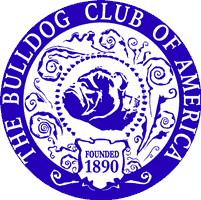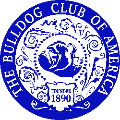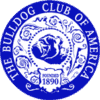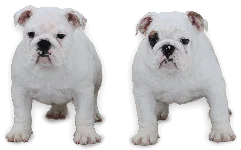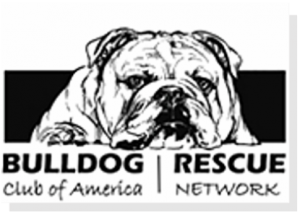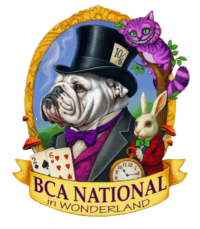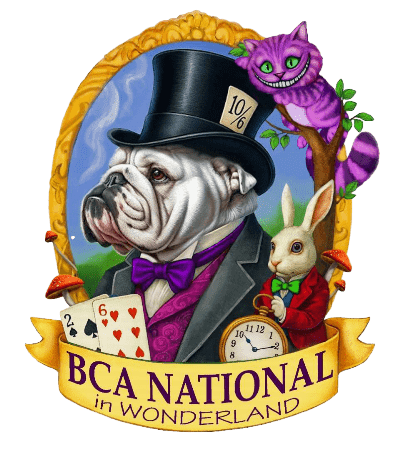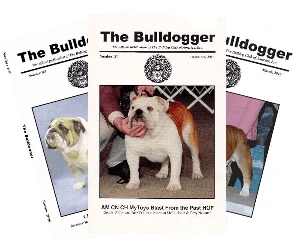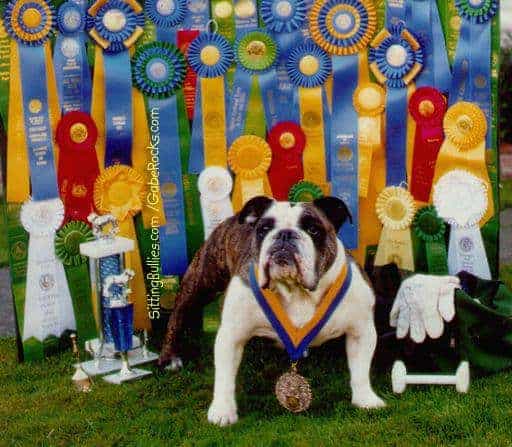For your dog to compete in obedience, a dog must be registered with the AKC or come under one of the approved exceptions. Dogs with a PAL (Purebred Alternative Listing), ILP (Indefinite Listing Privilege), or AKC Canine Partners number must be spayed or neutered in order to compete. Bitches are not permitted to compete when they are in season. AKC Obedience Regulations can be downloaded from the AKC in PDF format.
Your dog will be rated on each exercise against a total of 200 possible points for a perfect exercise. Points may also be lost for errors made by the handler (like repeating commands).
In addition to technical perfection, his attitude performing the exercises counts in the score. To earn the Companion Dog Title (C.D.), he must pass each exercise with a score of 50 percent of the points in that exercise and earn a total of 170 points to obtain the Companion Dog (C.D.) title in three shows under three different judges. In addition, there are optional Beginner and Graduate Novice classes, Graduate Open Classes, and Versatility classes that may be offered at the option of clubs.
Unlike conformation where there are only the titles of Champion and Grand Champion to be earned, in Obedience you dog can obtain several titles based on the degree of difficulty of activities undertaken. When a judge gives a dog a qualifying score he or she is certifying to The American Kennel Club that the dog on this particular occasion has performed all of the required exercises at least in accordance with the minimum standards and that its performance that day justifies the awarding of the obedience title associated with the particular class. A Qualifying score must never be awarded to a dog whose performance has not met the minimum requirements, nor to a dog that shows fear or resentment, or that relieves itself at any time while in the ring for judging, nor to a dog whose handler disciplines it or abuses it in the ring, or carries or offers food in the ring.
The Judge must mentally picture the theoretically perfect performance in each exercise and score each dog and handler against that standard. The standard shall combine the utmost in willingness, enjoyment and precision on the part of the dog, and naturalness, gentleness, and smoothness in handling. Speed is not to be considered as the equivalent to willingness and enjoyment. Lack of willingness or enjoyment on the part of the dog must be penalized, as must lack of precision in the dog's performance, roughness in handling, military precision or peremptory commands by the handler.
How an Obedience Trial Works
To obtain the first level obedience title, your dog will have to learn some simple commands. All exercises except the last two are conducted individually; the last two are group exercises. Whenever you are required to give a command or signal in Obedience, a single command or signal only may be given by the handler, and any extra commands or signals must be penalized; except that whenever the AKC Regulations specify “command and/or signal” the handler may give either one or the other or both command and signal simultaneously. If a handler gives an additional command or signal which is not permitted, either when no command or signal is permitted, or simultaneously with or following a permitted command or signal, or if a dog's name is used with a permitted signal but without a permitted command, the dog shall be scored as though it had failed completely to perform that particular part of the exercise.
The Novice classes are divided into two groups: one for dogs who have not earned a Companion Dog (C.D.) title and another for dogs who have already achieved the title. The exercises, and points for each, are:
Just as in the Novice class, there are several exercises required and you must have a passing score and a total of 170 points out of 200 possible points to get one of the three required legs towards the title. There are also separate competition for dogs who have not yet earned a Companion Dog Excellent (C.D.X.) title and those who have already been awarded the title. The exercises, and points for each, are:
Just as in the Novice and Open classes, there are several exercises required and you must have a passing score and a total of 170 points out of 200 possible points to get one of the three required legs towards the title. There are also separate competition for dogs who have not yet earned a Utility Dog (U.D.) title and those who have already been awarded the title. The exercises, and points for each, are:
At the final level of competition, all dogs with U.D.s can compete and earn points towards an Obedience Trial Champion (OTCh.) title. Championship points are earned by dogs which have earned a First or Second place ribbon competing in the Open B or Utility B Class The requirements for the Obedience Trial Champion are:
- Shall have won 100 points; and
- Shall have won a First place in Utility B, provided there are at least three dogs in competition; and
- Shall have won a First place in Open B provided there are at least six dogs in competition; and
- Shall have won a third First place under the conditions of 2 or 3 above; and
- Shall have won these three first places under three different Judges.
The Utility Dog Excellent (U.D.X.) title may be won by dogs that have achieved a U.D. Title. To earn a U.D.X. title, the dog must get qualifying scores in both Open B and Utility B at 10 separate events.
To acquire an Obedience Master title, dogs will be required to earn a total
of 200 points, based on the points awarded for scores of 190 or better from the Open B or Utility B classes as listed in the below point schedule.
For a title to be earned, 30 percent of the points (60 points) must come from the Open B class and 30 percent of the points (60 points) must come from the Utility B class, the remaining 40 percent of the points (80 points) can come from the Open B or Utility B class, for the total of 200 points.
Points awarded are based on the level of the qualifying score. A dog may earn between 6 and 15 points per event. When a dog earns a total of 200 points, it will be awarded an Obedience Master title.
Obedience Master titles will be awarded for nine levels and upon completion of the 10th level, a dog will be awarded an Obedience Grand Master title. Points accumulated in excess of the 200 points required for each level will be applied towards the next level of award if available. Only one title for Obedience Grand Master will be awarded.
